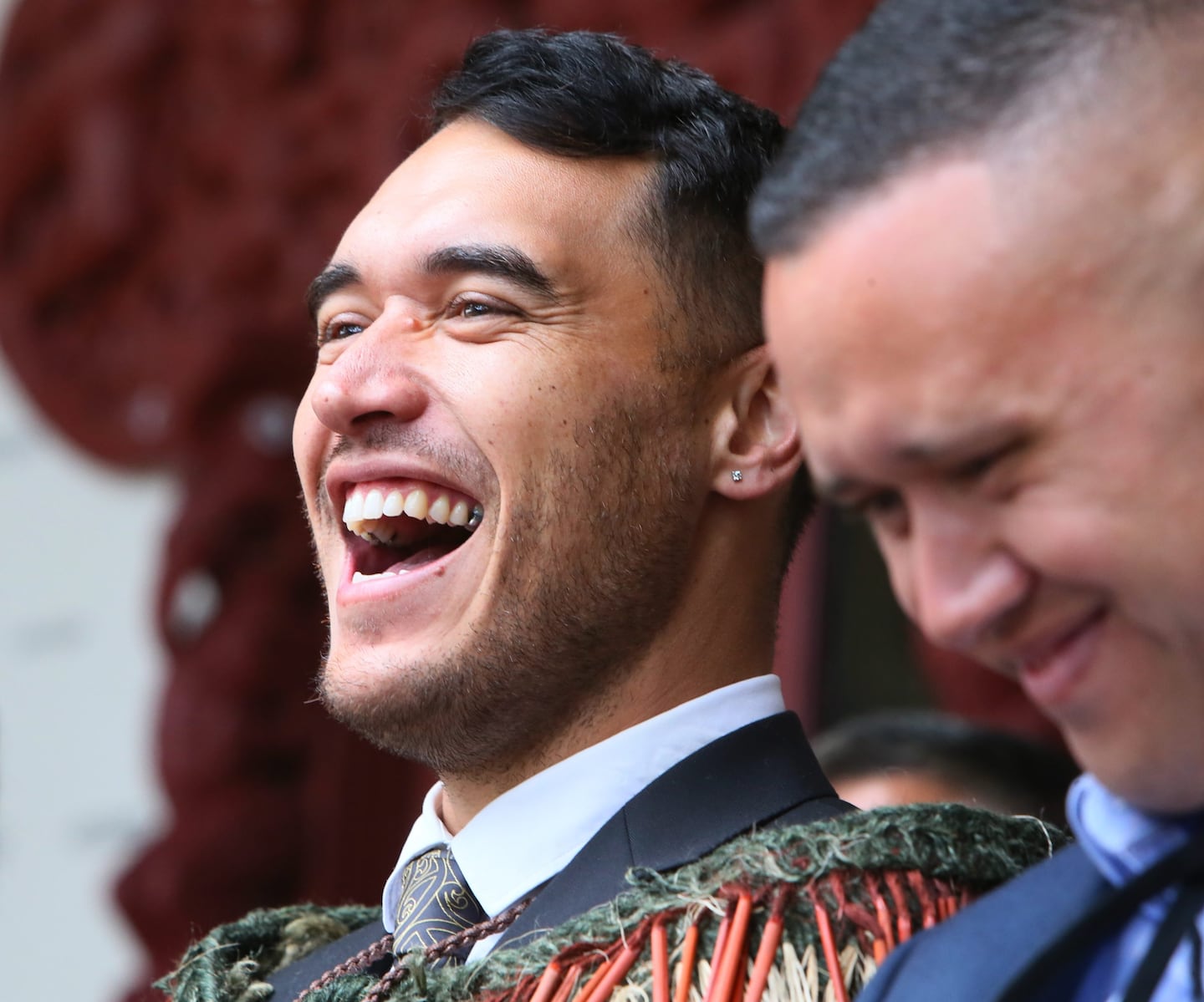Far North mayor Moko Tepania is leading the race for the district’s mayoralty, according to preliminary results released by the Far North District Council on Saturday night.
Tepania, who became the district’s first Māori and youngest-ever mayor in 2022, is ahead of challengers Ann Court and Joshua Riley in the early count.
The council’s initial progress report confirms Tepania is leading based on votes received up until Friday evening.
Full vote tallies for each candidate have not yet been published. Official results, including special votes, are expected late next week.
Tepania says he is humbled by the confidence shown to him by the public.
“Harikoa katoa ana kia kite atu i ngā whika, i ngā nama, e tohu nui ana ki ahau, e tautokohia ana taku tū hei kahika e te iwi whānui o Te Hiku o Te Ika.”
“Haramai tētahi āhua te kite atu i tērā.”
“I runga anō i te mea, ko ngā koromatua, ka heke kē i roto i ngā pōti, tau atu, tau mai.”
The 2025 election drew strong interest across the Far North, with higher turnout in several areas compared to the 2022 election. Voting closed at midday on Saturday, with preliminary results published later that evening.
This year’s election coincided with a referendum on Māori wards, which may have contributed to the increase in voter participation.
Māori wards retained in Far North referendum
Far North voters have chosen to retain Māori wards following a district-wide referendum held alongside the local elections.
Preliminary figures show 10,980 voters (52.9%) supported keeping Māori wards, while 9,292 (44.8%) voted to remove them. Another 488 votes (2.3%) were either invalid or left blank. The total number of votes cast was 20,760.
The Ngā Tai o Tokerau Māori Ward, which holds four seats on the Far North District Council, will continue to provide representation for Māori voters in the district.
According to the council’s progress results, the four highest-polling candidates in the Māori ward race were:
- Hilda Halkyard-Harawira
- Tāmati Rākena
- Chicky Rudkin
- Arohanui Takangaroa Allen
These candidates are provisionally elected pending the final count. Other candidates, including Penetaui Kleskovic, Babe Kapa, and Shelly Kawiti-Jessop, did not make it through in the preliminary results.
Moko says it’s an amazing result for his rohe and that, although preliminary figures show a tight race to get Māori wards over the line, there is a willingness for Māori representation.
“Ka mīhia ko ngā tāngata katoa, Māori mai, Pākehā mai, o Te Hiku o Te Ika, kua puta ki te pōti mai ki a au, engari ki te pōti anō, kia ū tonu ko te wāri Māori.
Official confirmation of the final vote count for both the referendum and ward elections is expected from the Far North District Council next week.
Council Composition
The Far North District Council will continue to have 11 elected members: the mayor and councillors representing the Bay of Islands–Whangaroa, Kaikohe–Hokianga, Te Hiku general wards, and the Ngā Tai o Tokerau Māori Ward.
Voting in the 2025 local elections was conducted by postal ballot. Preliminary results include all ordinary votes received before election day, with special votes and late postal votes still to be processed.
Once confirmed, the final results will determine the full composition of the new council for the 2025–2028 term. The council will then hold its inaugural meeting later this month to swear in the mayor and councillors, elect a deputy mayor, and allocate committee roles.
Moko says while he is looking forward to doing the mahi, he admits one of the major challenges is working with central government, whoever that may be, in the coming years.
“Ko te mahi nui, ko te mahitahi ki te Kāwanatanga. E mōhio ana ahau, ka āhua nanakia te tau e tū mai nei, i runga o te mōhio, he pōtitanga a motu te haere ake nei hei te tau e tū mai nei.”




